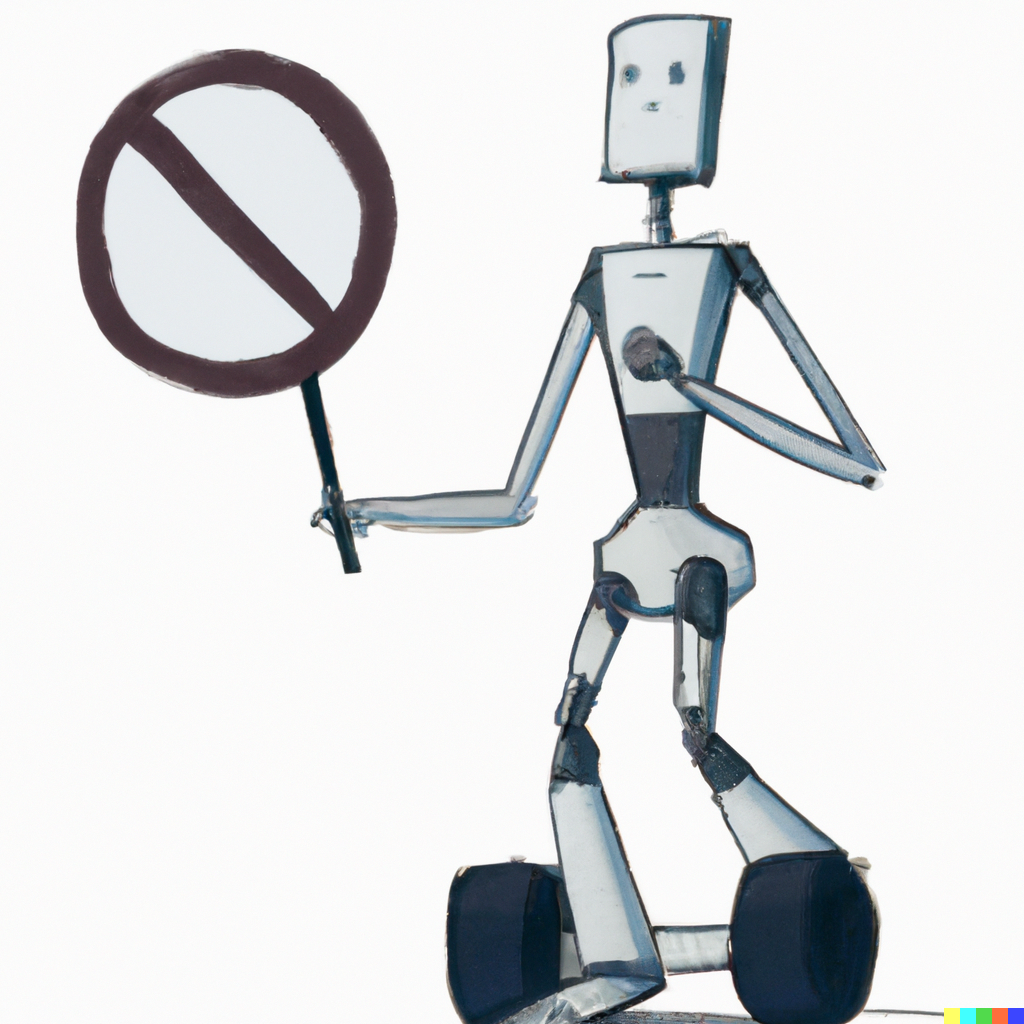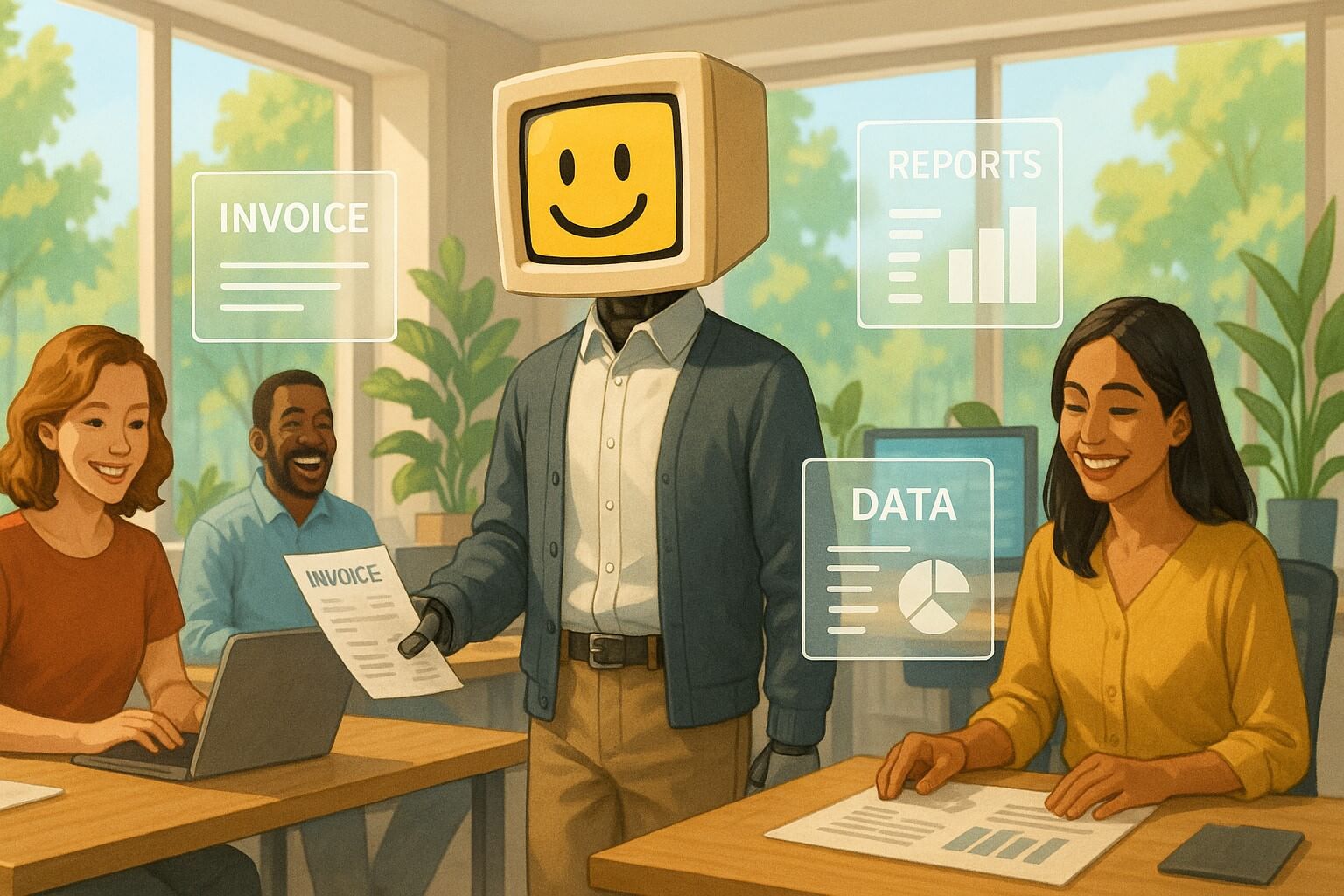Limitations of RPA (and how to overcome them)
Discover the main challenges of Robotic Process Automation (RPA) and practical ways to overcome them, ensuring your automation efforts drive efficiency and growth.

Robotic Process Automation (RPA) is powerful for automating repetitive digital tasks, boosting productivity, reducing errors, and freeing employees to focus on meaningful work. However, knowing its limitations—and how to address them—is crucial for successful automation.
1. Complex and creative tasks
Challenge: RPA excels with repetitive, rule-based tasks but struggles with processes requiring creativity or nuanced judgment.
Solutions:
- Integrate AI: Combine RPA with AI (e.g., ChatGPT, machine learning) for decision-making and creative tasks.
- Human Oversight: Include checkpoints for human judgment when needed.
How DigitalStaff helps: We integrate AI with RPA to handle complex decisions, empowering your automation to tackle more diverse tasks while maintaining human oversight.
2. Unstructured or handwritten data
Challenge: RPA bots typically need structured digital data; handwritten or scanned documents can disrupt automation.
Solutions:
- OCR (Optical Character Recognition): Convert scans and images to digital text.
- Intelligent Document Processing (IDP): Use AI to accurately extract and interpret data.
- Digital Transition: Move from paper-based to digital workflows.
How DigitalStaff helps: We equip your automation with advanced OCR and AI tools to seamlessly handle physical and unstructured documents. We also support your digital transformation initiatives.
3. Frequent business process changes
Challenge: Regular updates to software interfaces, regulations, or business processes can break automated workflows.
Solutions:
- Continuous Monitoring: Regularly test and update automations.
- Flexible Automation Design: Create easily adjustable workflows.
- Change Management: Clearly communicate upcoming changes and have an automation-focused team.
How DigitalStaff helps: Our proactive monitoring and flexible automation design ensure minimal downtime. We handle updates promptly, maintaining uninterrupted operations.
4. Data security and privacy
Challenge: RPA involves handling sensitive information, creating risks if not securely managed.
Solutions:
- Secure Access: Limit bot access strictly to necessary data.
- Encrypted Credentials: Safeguard logins and passwords.
- Regular Audits: Ensure bots comply with privacy and regulatory standards.
How DigitalStaff helps: We employ industry-standard encryption, strict access controls, and compliance with Canadian regulations (PIPEDA, PHIPA) to safeguard your sensitive data.
5. Physical (non-digital) tasks
Challenge: RPA cannot perform physical tasks like manual handling or deliveries.
Solutions:
- Task Segmentation: Automate digital aspects while people handle physical tasks.
- Physical Robotics: Consider specialized physical automation if cost-effective.
How DigitalStaff helps: We analyze your workflows to effectively combine human and digital automation, enhancing overall efficiency.
Where RPA excels:
- Data entry and migration
- Repetitive, rules-based tasks
- Automating software applications without APIs
- Supporting employees through “attended” automation
Where RPA falls short:
- Tasks requiring creativity or complex judgment
- Processes relying on physical interaction
Why RPA remains essential:
- Efficiency: Automates routine tasks, eliminating errors.
- Cost Savings: Reduces manual labor costs.
- Scalability: Easily expands to accommodate business growth.
- Enhanced Customer Experience: Delivers faster, consistent outcomes.
Achieve more with DigitalStaff!
DigitalStaff provides customized automation solutions, combining RPA and AI to streamline your operations. From initial planning to ongoing management, we help you leverage automation for maximum impact.
Ready to transform your business?
Schedule a free automation and AI consultation today:
- Phone: (844) 255-0840
- Email: info@digitalstaff.ca
- Website: www.digitalstaff.ca
Take the first step toward efficient, secure, and scalable automation!



